We are always searching for new and innovative products to enhance the vinyl listening experience and whilst not inexpensive depending on your budget, the MM PRO Phono Preamplifier looks like something that MM and HOMC cartridge users might want to try.
The MM PRO by Michael Fidler seeks to be the best of its kind, with a completely new circuit architecture, intended for moving magnet and high-output moving coil cartridges. A new ‘active loading’ input amplifier design yields an MM signal-to-noise lower than previously possible with passive cartridge loads with the addition of noise-cancelling low frequency crossfeed, a third order subsonic filter, precision RIAA equalization, a mono switch, and a balanced output.

The phono state is handmade in Kent, England, utilizing all through-hole technology. With a 42/52 dB gain switch to accommodate lower levels from HOMC cartridges, and socketed NE5534 input amplifiers especially chosen for their cartridge impedance matching current to voltage noise ratios that deliver good noise performance that they leave the standard 47kΩ passive cartridge loading resistor as the next greatest source of noise on the input.
A 560kΩ resistor, as used in the MM PRO, has over 3 times less current noise than a 47kΩ one, so by driving the other end of it (usually connected to ground) with an inverting amplifier at 10x gain (hence the term active loading), it is made to behave like a 51kΩ resistor. This gives the desired input impedance of 50kΩ with 3 times less current noise, and an unweighted signal-to-noise ratio of 79dB with a real-world cartridge connected against 5mV.
The easiest way to view this is that the inverter’s amplification increases the signal-to-noise power across the resistor for lower overall input noise than possible even with a noise-free input amplifier.

Ultra-accurate RIAA equalisation, in its own dedicated shunt-feedback amplifier stage that does away with the high-frequency limitations of series feedback equalisers, has been implemented to 0.1dB. This is well above the standard 0.5dB found in most phonostages, abolishing the usual colouration and channel balance issues for an exceptionally transparent midrange and superb imaging.
Continuously variable, fully defeatable low frequency crossfeed is included in the design, greatly reducing vertical noise when enabled, allowing further bass detail to heard. This is particularly noticeable with headphones on.
A superior 23Hz third order subsonic filter that attenuates 14 times at 10Hz, with hand matched capacitors for an ultra-flat in-band response, eliminates the usual low-end fraying that gives such filters a bad name, and is used to prevent subsonic energy from destabilizing and overloading equipment further down the signal path and generating ‘shimmering’ intermodulation distortion in loudspeakers.

For cancelling distracting stereo field noise and distortion on mono pressings, a mono/stereo toggle switch is included on the front panel.
The uncompensated input amplifiers limit high-frequency feedback to increase speed and linearity, while careful distribution of gain in the triple-stage design results in less than 0.0005% distortion throughout the audio band, for a grain-free unclouded listening experience.
The balanced output can easily drive a low 2kΩ line input, appearing more often on new products, to 20V RMS without any degradation in linearity, made possible ±17V internal power supply rails.

Unlike many designs, a linear split power supply is used, not only taking the power transformer and its troublesome magnetic fields out of the enclosure, but also providing the best mains isolation available.
Splitting the internal power rails keeps amplifier power currents out of the sensitive ground path where they might generate distortion. No switching power supply hash can make its unwelcome way into the sensitive circuitry, and importantly into the equipment connected to the phonostage.
High reliability Panasonic electrolytic capacitors are used throughout, alongside medical grade output muting relays, enabling the MM PRO to perform reliably for many decades to come.

Pricing and availability
The MM PRO is currently available to order worldwide direct from Classic Audio Ltd for £600 in the UK, €700 for EU countries, and $800 for the USA (import duties may apply). Prices are inclusive of postage to their respective regions, for other regions prices will be calculated at the point of order.
Classic Audio Ltd has experience delivering products direct to customers in the EU, US, Australia, and India so far.
Power supplies for 115V and 220V regions are currently available to accommodate for all different mains voltages.
For more information: michaelfidler.com/pro/mm/
About the company
Formed from initial concepts in May 2020, Classic Audio Ltd is an objectively oriented audio company the aim of producing original designs that offer the best possible real-world performance. Instead of using exotic and esoteric components Classic Audio realises analogue designer Michael Fidler’s vision of exceptional performance, backed up by the spec sheet, using circuit architecture and refined layout above all things.
By designing from circuit architecture and using innovative techniques to reduce, noise, distortion, with real-world ruggedness, Classic Audio Ltd can deliver performance at prices tending towards an order of magnitude lower than competitors, offering a true taste of high end to those on a tight budget. All products are hand assembled in Kent using all through-hole technology, nowadays seemingly reserved for only the best products.



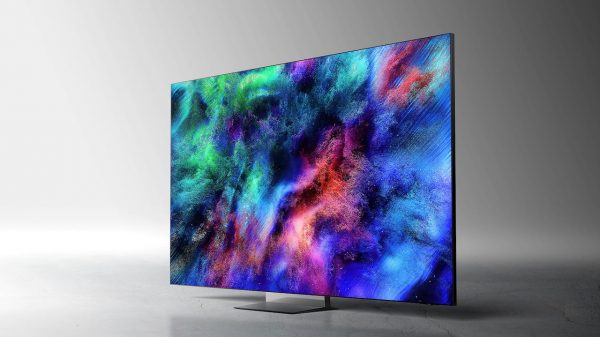

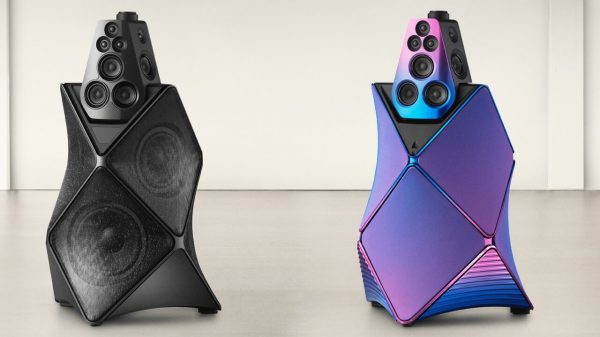

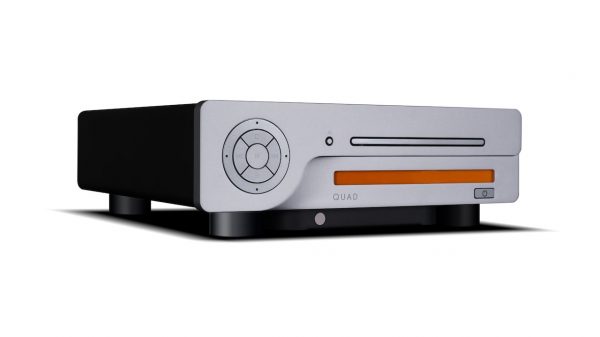

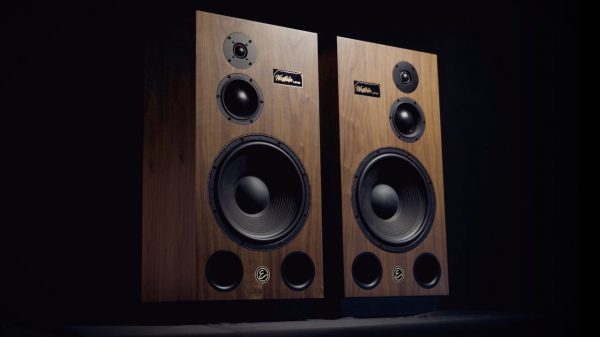
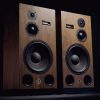
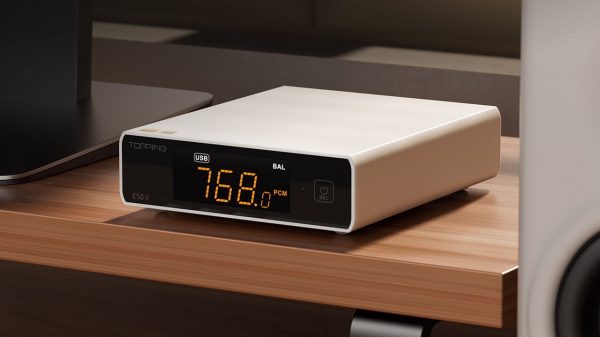
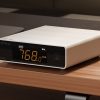
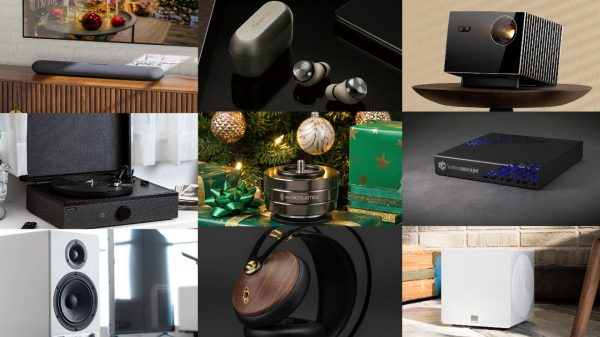
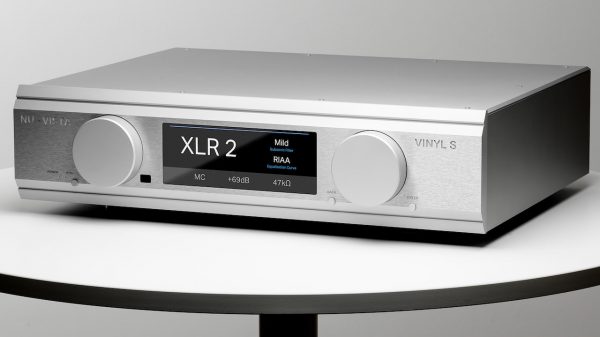
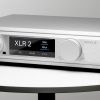
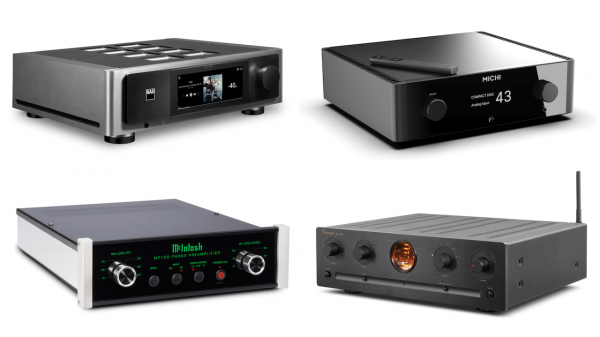
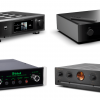

















LONNY JENNINGS
February 19, 2023 at 2:19 am
This sounds very much like a Doug Self design. Everything unique about it are his ideas and are very well documented in his books. Was he involved in this or is this just a rip off design?
Michael Fidler
February 19, 2023 at 9:17 am
At first glance, you’re right, ‘load synthesis’ and quite a complicated (undadjustable) arrangement for low frequency crossfeed are in Self’s design.
However the Self active loading circuit actually adds more noise than it removes (see the description on the website for more), doesn’t implement a mono switch inside the subsonic filter, and does the equalisation on the input amplifier… So completely different really!
I wouldn’t say that any of the features are his ideas, they’ve been attempted before many times, but the devil is in the implementation.
Ukiah
February 20, 2023 at 9:20 pm
“subsonic filter”? Shouldn’t it be “infrasonic filter”? Subsonic means slower than the speed of sound.
John Kaethner
April 1, 2023 at 7:12 am
Would I be able to use a suitable step up transformer if I wish to use a low output MC cartridge with this phono stage? Would sound quality be adversely affected?